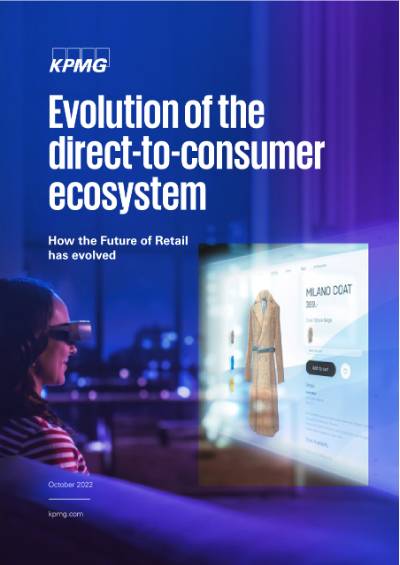What are the risks?
Building a successful D2C channel requires businesses to think differently about many aspects of their business. Elements of traditional business models (particularly e-commerce channels) can be leveraged to create the new D2C model. But D2C is different. And it requires manufacturers and retailers to carefully consider three key elements.
• Growing and expected to experience a step change post pandemic, the reach of digitally native D2C propositions is limited to online shoppers. Some categories still have relatively low penetration levels which can inhibit long-term growth.
• As a D2C business grows and competitors enter the market, headroom for growth may be further limited, particularly if the proposition addresses a niche audience. New market segments need consideration.
• As customer churn starts to bite, those with smaller addressable markets may find customer acquisition costs (CAC) rising as the pool of new potential customers diminishes.
• Traditional channels may need to be considered to widen the breadth of exposure to non-digital customers.
• D2C’s smaller addressable market and often relatively niche product range can limit growth and highlights the importance of customer retention.
• Understanding the customer and the market is paramount. This helps to implement successful initiatives to help drive retention.
• As CACs rise, returning customers become even more increasingly important.
• Initiatives need to be put into place that can support growth in customer lifetime value. Examples include:
- subscription models.
- new product development.
- replenishment/repurchase reminders.
- Customer data can also be used to increase personalization and support customer loyalty.
• As a D2C business gains scale and as the category matures, more competitors enter the market. This naturally drives up the cost of customer acquisition as bidding for placement on social media and search engines becomes increasingly competitive.
• Even when CLV grows, there is an inflexion point in which the cost savings from the lack of a middleman is eroded by the high cost of online customer acquisition. Therefore, traditional channels may become necessary to maintain margin.
• D2C brands may also need to begin to consider new marketing channels, which may include traditional media (e.g., television, billboards) to help reduce the CAC.
Do’s and don’ts of D2C
Our experience working with a range of D2C retail and manufacturing companies suggests there are a number of factors that could, if not addressed early, knock a D2C business off its path to profitability. Here are a handful of do’s and don’ts executives should keep in mind as they plan their D2C strategy.
Differentiate — Strive to ensure that your proposition is differentiated from traditional brands, emerging disruptors and other competitors in your space; with low barriers to entry, differentiation is crucial.
Invest — Make the appropriate investments at the right time to help extend the channel’s lifecycle, perhaps through new CRM tools, sales and marketing channels or new formats.
Think long term — Know where you want the business to grow in the future and create a clear plan to guide you there.
Use your data — As noted earlier, D2C can provide a wealth of customer data that can be used to drive things like retention and order frequency.
Stop innovating — Keep innovating the product to sustain your competitive advantage over ‘me too’ propositions and drive new experiences for customers.
Lose focus — Retain a clear focus on your brand’s proposition and build, innovate and grow around that vision.
Waste resources — Understand the needs and scale expectations of your business so that you don’t build an asset heavy model too early or waste existing assets.
A web of enablers can help drive profitability
There is no single strategy that drives profitability for D2C companies. Rather, players should take a strategic and holistic approach that takes into account a range of factors such as customer requirements, new technologies, innovation activities, customer data and market channels, for example. The focus should be on driving customer retention, reducing costs and creating differentiation.
Continue reading
Contact us
Connect with us
- Find office locations kpmg.findOfficeLocations
- kpmg.emailUs
- Social media @ KPMG kpmg.socialMedia
Stay up to date with what matters to you
Gain access to personalized content based on your interests by signing up today





